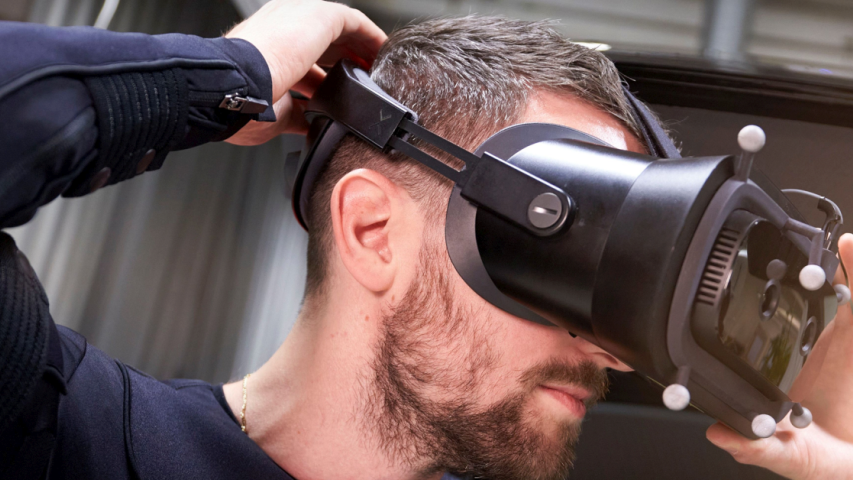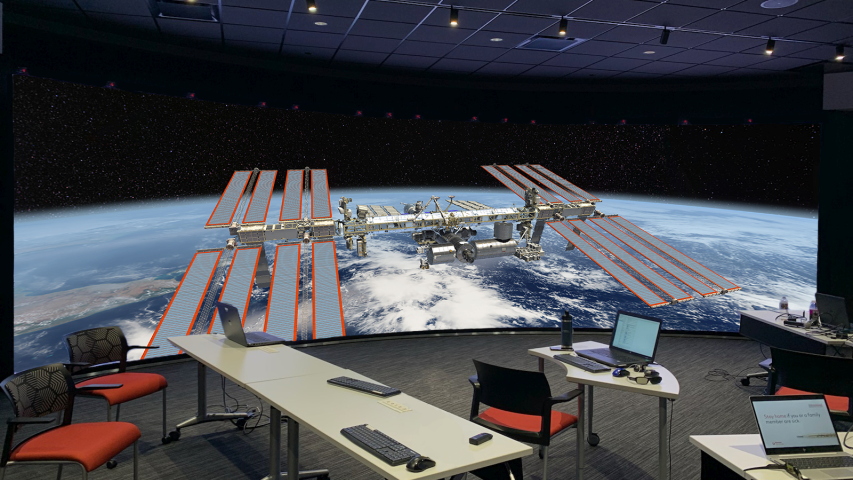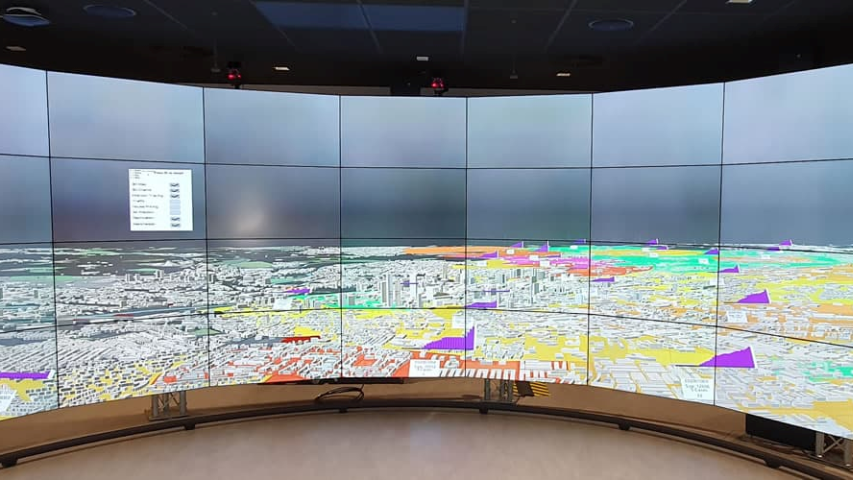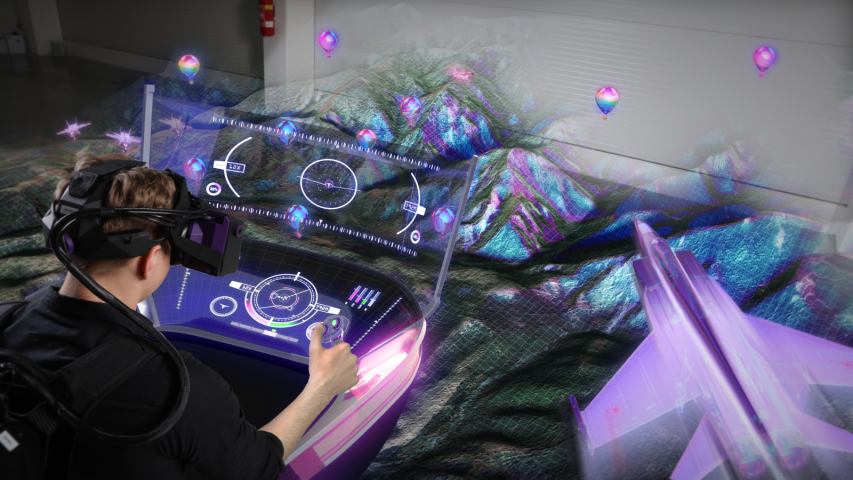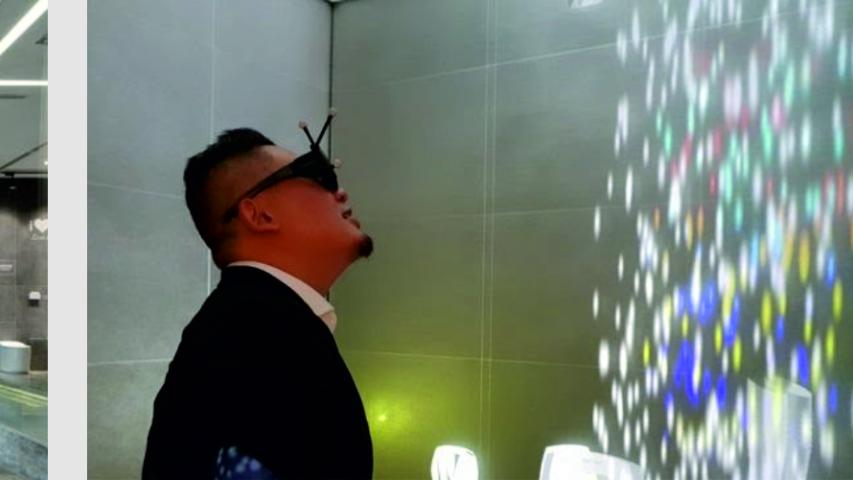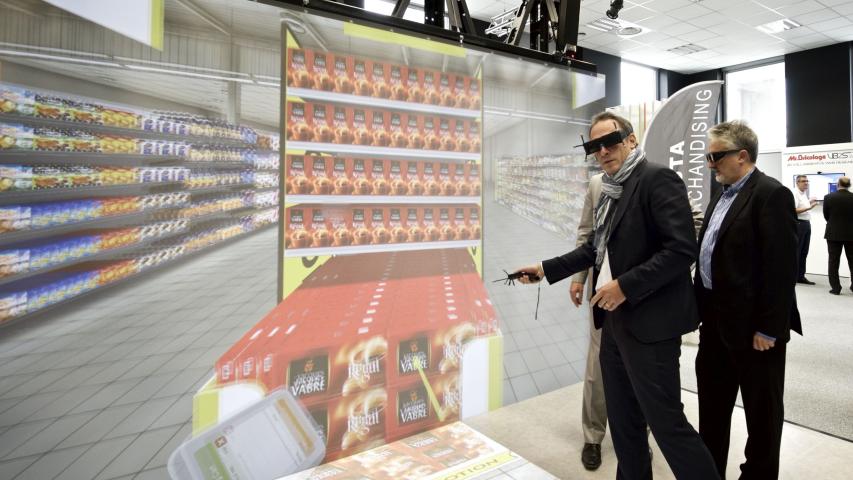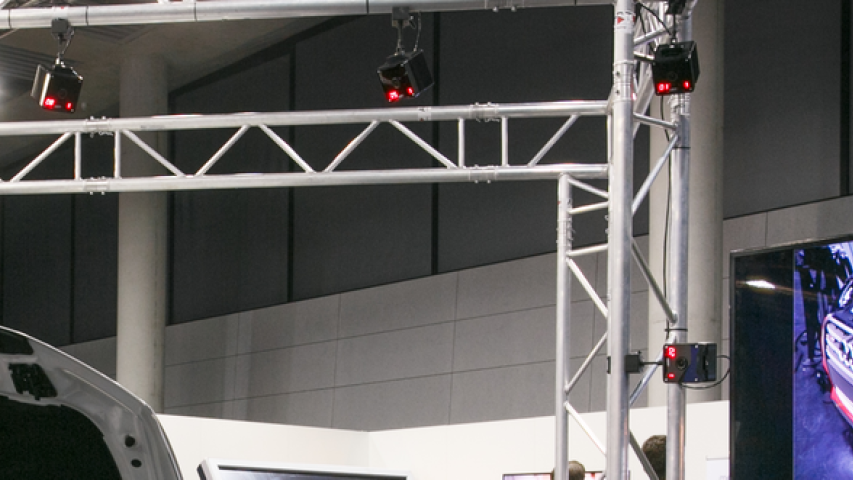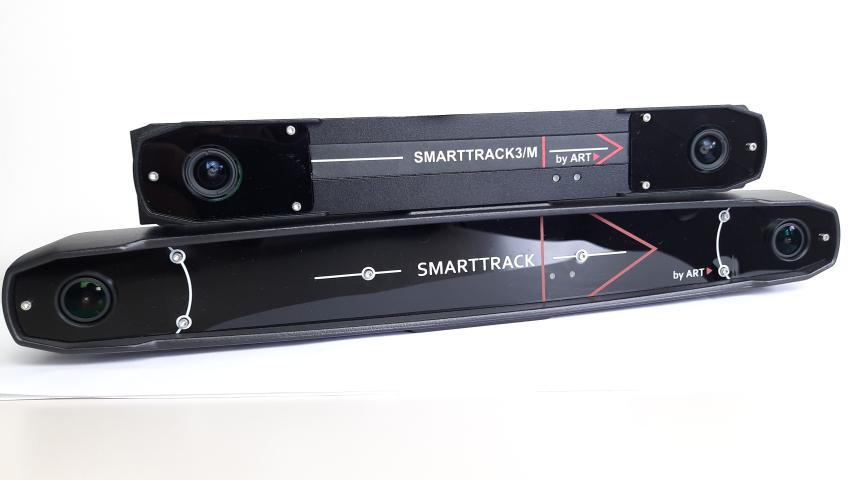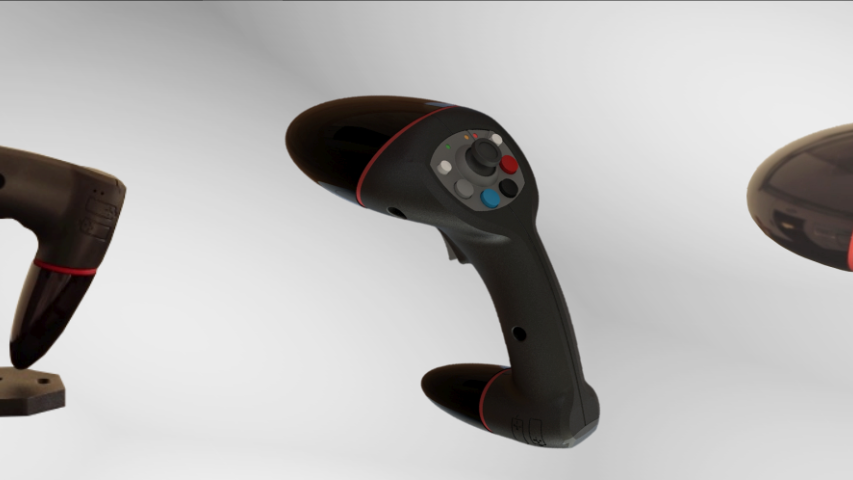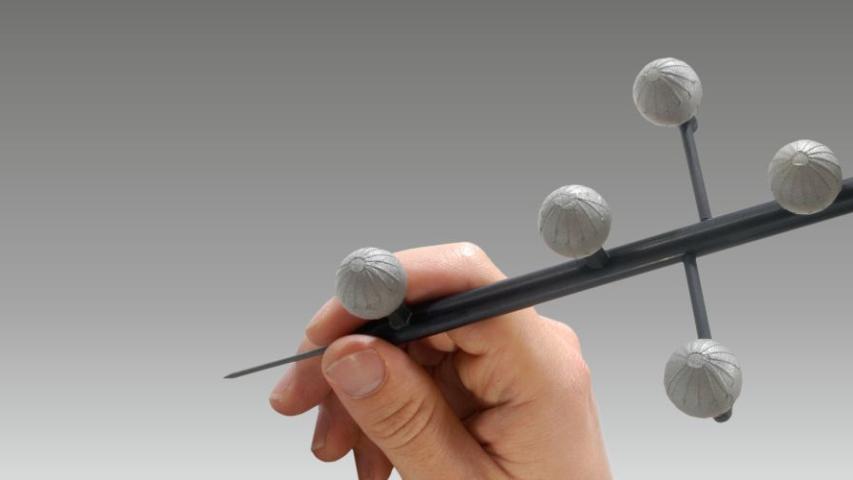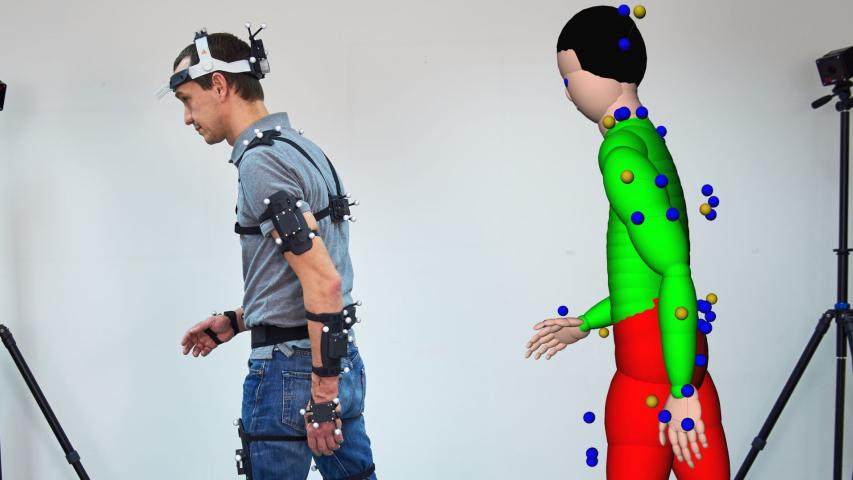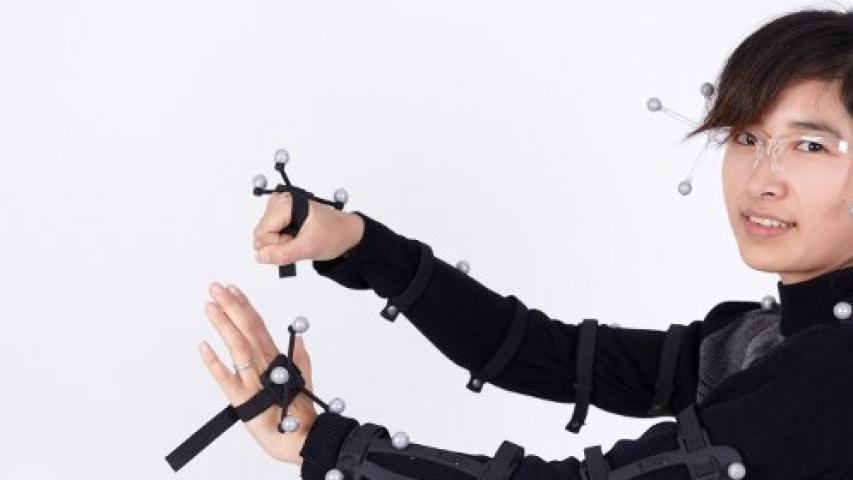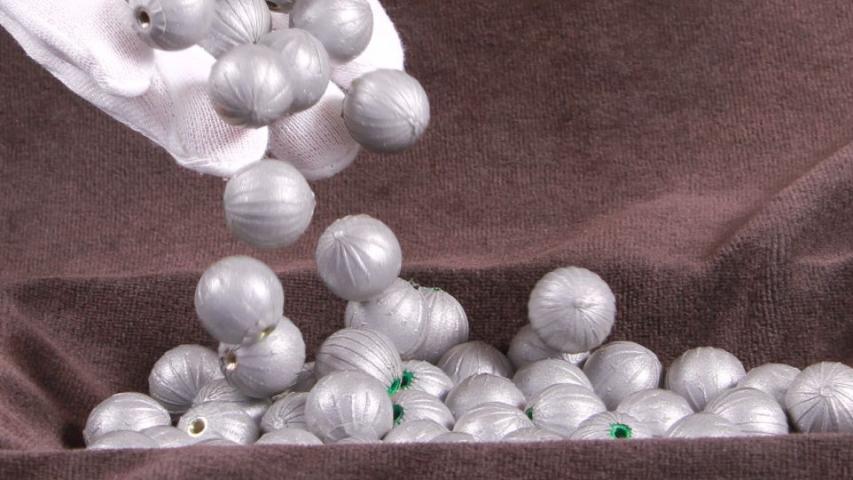In many areas of life, computer-aided simulations have become indispensable: Products are tested without building a prototype, operation of devices is trained, without a trainer or without the device. Even group training with people in different places only connected by the network are possible.
When manufacturers frontload their development with simulation and thus reduce the need for physical testing, “X-in-the-loop” (XIL) is an enriching approach: By tapping in to the efficiency savings of virtual testing as much as possible, but adding ‘real’ elements where they play a critical role. Thus XIL facilitates earlier testing, which in turn means faster development.
Modern DIL (driver-in-the-loop) simulators are an increasingly important tool in the toolbox because they allow real people – the end users – to interact with proposed systems.
Wherever the exact position of people or objects has to be measured reliably and accurately in real time, ART's devices are in use.
For head tracking in flight and driving simulators, we're often asked why an ART optical motion tracking system is necessary at all when current IMU technology can seemingly track user's head position on its own.
The issue is that for 6DOF tracking (i.e. orientation and position) IMUs use a fixed average head position, meaning that person in a seat fixed with a seat belt can more or less only rotate his head, which of course can be fine up to a point. However, an optical motion tracking system such as our SMARTTRACK (mounted above the instrument panel) provides consistent and accurate 6DOF positional tracking, capturing the exact location of the pilot’s head in space and adjusting naturally for variations in head height or position relative to the cockpit without any need for manual recalibration. This ensures that each pilot sees the virtual environment from their own natural perspective.
Additionally, optical tracking does not suffer from the inaccuracies caused by IMU "drift" even when pilots of different heights repeatedly use the system. Since the optical system cameras track pre-calibrated targets (typically mounted on the HMD), positional accuracy is maintained over time, ensuring that taller or shorter pilots do not experience errors in tracking due to accumulated errors.
The result: enhanced immersion, consistent accuracy and more realistic training scenarios.





